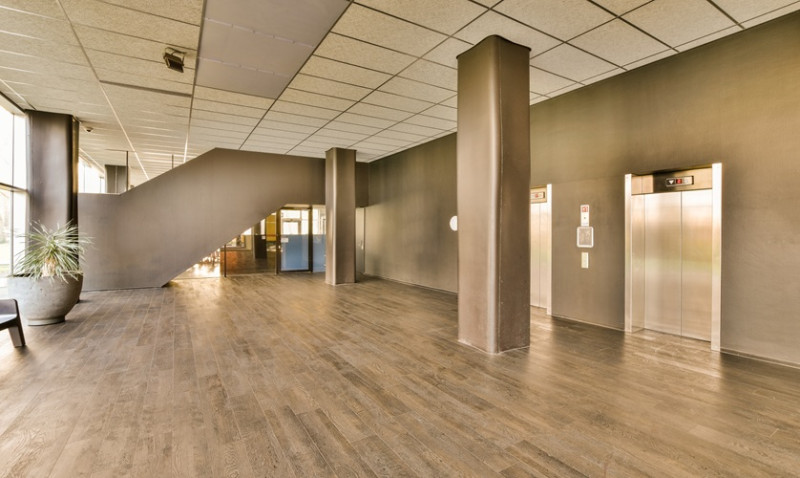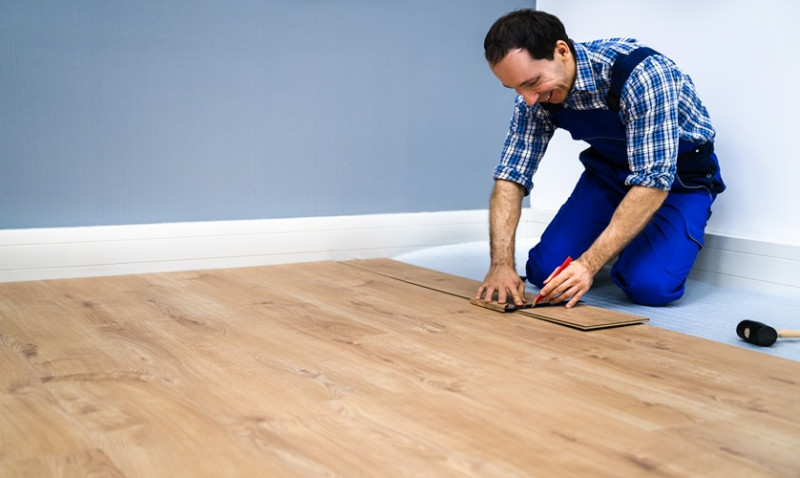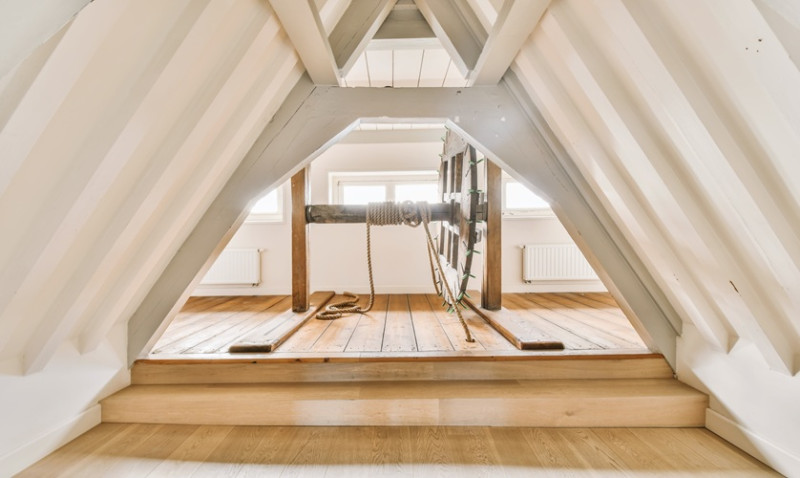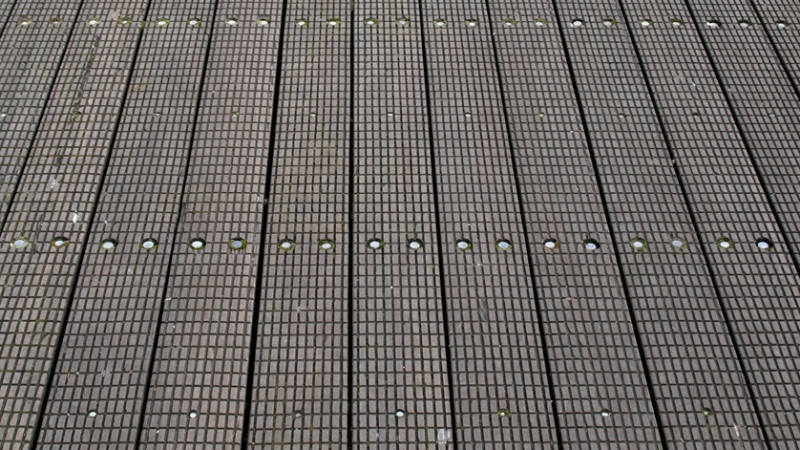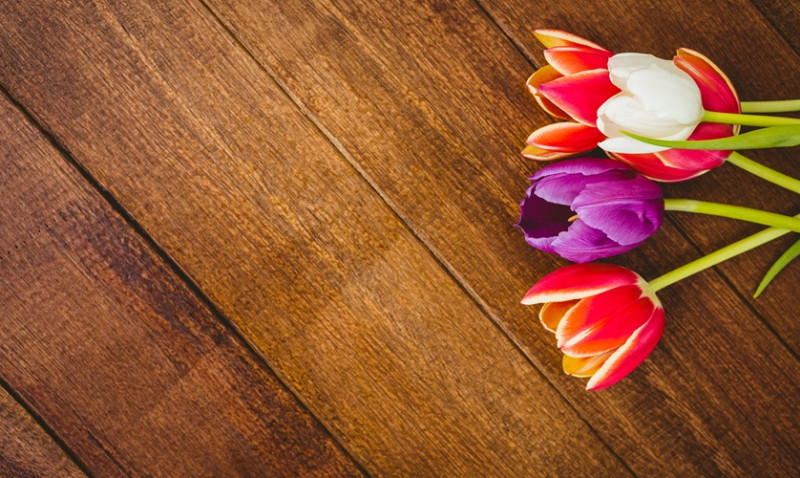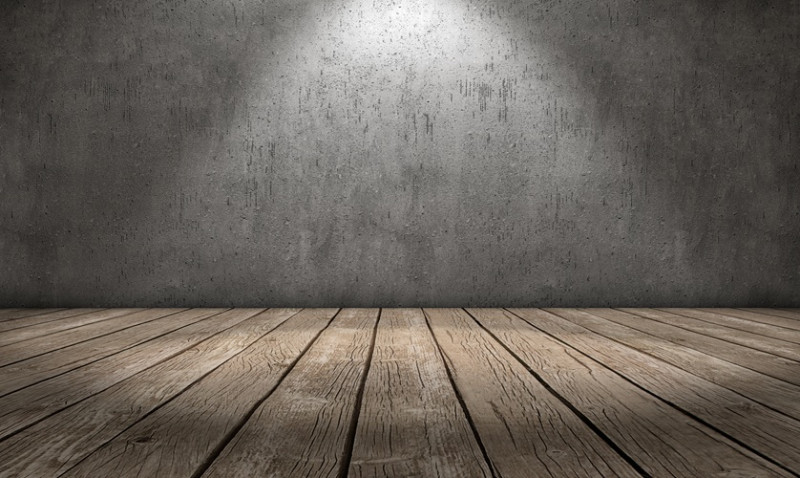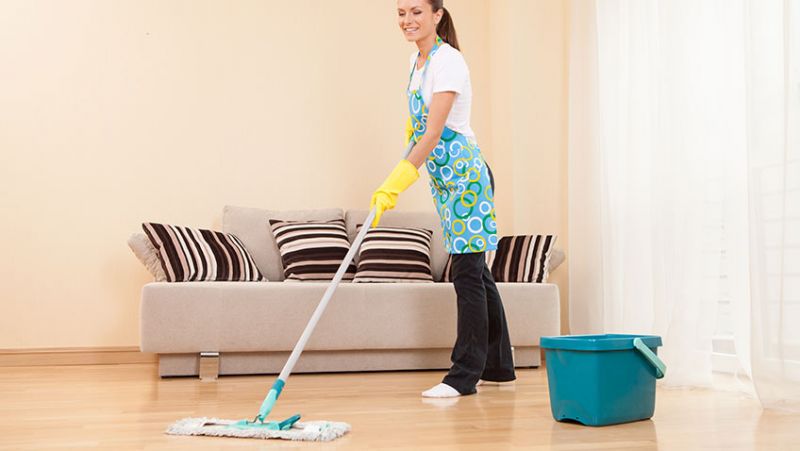
Natural wood floors are the oldest and most dependable form of flooring, but synthetic materials have mostly overtaken them. After all, cleaning linoleum is a lot easier than cleaning hardwood floors, especially if they aren't painted. The wooden floor, on the other hand, provides for good air permeability, absorbs heat, looks great, and has a relaxing impact on the nervous system. The most important thing is to understand the methods for maintaining a clean wood floor.
Prior to wet cleaning, make sure the floors are as clear as possible of any things that may be standing on them. The board should next be vacuumed or brush cleaned completely. Otherwise, all of the dust would settle in the cracks between the flooring, making cleaning extremely difficult.
Use a soft flannel cloth and a mop to clean painted floors. Detergents are unnecessary if everyday cleaning is scheduled. Simply fill a pail with clean, warm water, wet and squeeze the cloth completely, then walk on the flooring. When it's time for basic cleaning, it's a different story. In this case, the following items will aid in the cleaning of hardwood floors: acetic acid (9%) - 50 g vinegar per five litres of water; ammonia - 1 tbsp. l. per five litres of water; baking soda - 4 tbsp. l. per two litres of water. When washing painted wood, avoid using chlorine-containing chemicals. Dirty stains will go away, but the wood will acquire a pale colour.
At the end of the general cleaning, you can wipe the floors with a special solution that gives the painted wood a special shine. Add 2 tbsp to 2 litres of water to make the product. Only use 1 tbsp. l. vinegar and 1 tbsp. l. varnishes for decorating.
How to Clean Your Flooring After They've Been Painted for the First Time
The purity of a freshly painted hardwood floor shines brightly. However, after a few days, the new coating becomes dusty, and various imprints and other contaminants appear. There are a few principles to observe while removing stains and stubborn dirt from freshly painted floors: The floor is washed for the first time two weeks after staining. The paint will dry thoroughly and absorb into the wood during this period. Use a soft cloth and warm water instead of detergents. All you have to do now is change the water more frequently (bucket of 2-3 m2). For all coatings, you can use a weak solution of ammonia (in 10 litres of water add 1 tbsp. L. Ammonia).
What is the Best Way to Clean Unpainted Wooden Floors?
In the bathroom, on the porch, and in the summer kitchen, unpainted hardwood flooring is most prevalent. Such a coating require meticulous cleaning; otherwise, the wood will darken, be covered in countless grease stains, and the area will appear cluttered. To begin cleaning the painted flooring, gather the following items: a brush with short stiff bristles; a cotton cloth; a pail of water; and soap or soda powder.
To make a cleaning agent, dissolve 3 tablespoons of baking soda in 1 liter of water. If you want to use regular soap, crumble one bar on a coarse grater and dilute it in 5 litres of warm water. The prepared composition is moistened one by one with boards, rubbing with a brush in between. Puddles should not be left on wooden floors for lengthy periods of time. Alternatively, you may just utilise a product like detergent that is meant to make your life simpler.
What is the Most Effective Method for Cleaning Painted Floors?
To begin cleaning the painted flooring, gather the following items: a brush with short stiff bristles; a cotton cloth; a pail of water; and soap or soda powder. To make a cleaning agent, dissolve 3 tablespoons of baking soda in 1 litre of water. If you want to use regular soap, crumble one bar on a coarse grater and dilute it in 5 litres of warm water. The prepared composition is moistened one by one with boards, rubbing with a brush in between. Puddles should not be left on wooden floors for lengthy periods of time. Alternatively, you may just utilise a device that is meant to make your life simpler.
Dirty Stains Near The Entrance
Because the corridor at the front entrance is the busiest portion of the house or apartment, the flooring here gets filthiest first. You'll need a rag, a brush, and any detergent to remove the street grime from the wood floor. Dishwashing liquid, washing powder, and laundry soap are all good options. Following the preparation of the soap solution, it is put to the floors, rubbed with a brush, and then rinsed away with clean water. Use detergent if you can't get rid of the grime with ordinary cleaners.
Oily Spots
Stains like that are most commonly spotted in the kitchen or dining area. Food on the floor splashes from frying fish in a pan, and mayonnaise spills may all contribute to a messy environment. Petrol or solvent can be used to clean up pollutants. After soaking a paper towel in one of these items and thoroughly rubbing the stain, washing the floor in this area with soap and water detergent is a fantastic alternative for greasy problems.
Traces Of Rubber Soles
Many people have been in situations when they discover the whole floor has been lined with rubber heels shortly after parting with house guests. Baking soda can assist in the removal of such contaminants. The powder is poured over the filthy area, dampened softly with water, and rubbed in until the black stain is gone. The flooring is then cleaned with clean water and a dry towel. Try detergent for an assistant, too.
Urinary Spots
The challenge of eliminating urinal stains from wooden flooring is well-known among pet owners. Half the trouble is avoided if the problem occurs for the first time and a puddle is discovered promptly. Because urine discolours the paint and eats into the wood rapidly, and an unpleasant stench spreads throughout the flat, action must be taken as soon as possible. You'll need to perform the following to get rid of the dirt: blot the puddle with a paper towel; wash the polluted area with warm water and detergent; remove any leftover stains with an ammonia-soaked swab.
